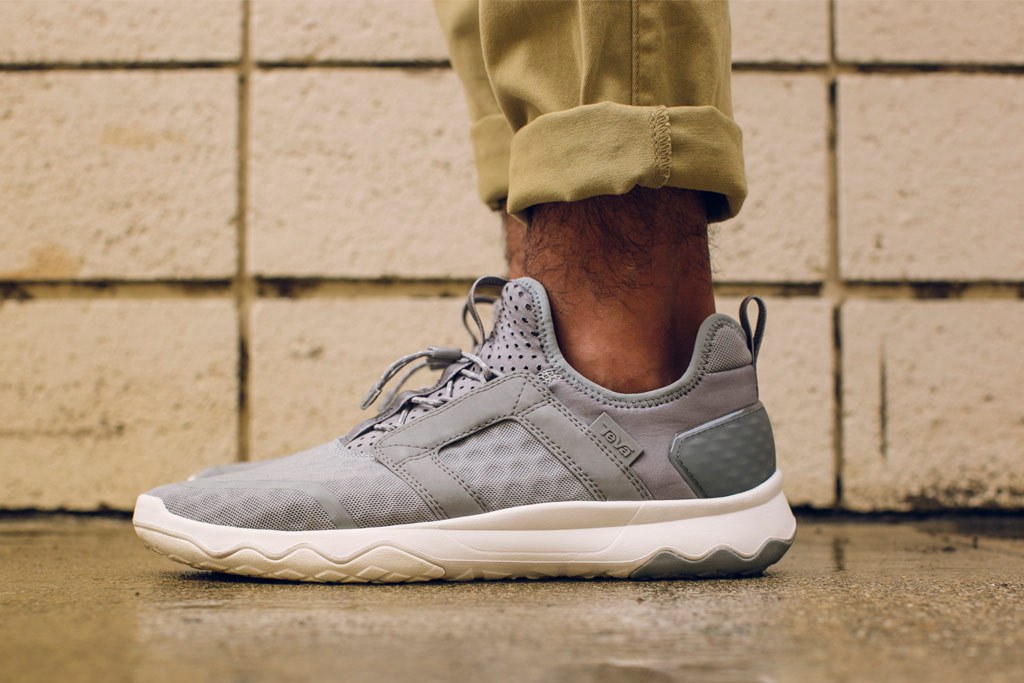The Importance of Arch Support in Shoes
Due to the fact that we spend most of our active lives on our feet, it goes without saying that we need to provide them with the optimum amount of comfort and protection. A lot of people wear special orthotic shoes in order repair the problems they have with their feet, and feel like they’ll never be able to comfortably walk without them. But that doesn’t have to be the case. The foundation of that idea comes from the fact that most of them have never found a pair of quality boots that offer sufficient arch support for their feet.
Our feet have quite a few working parts – from joints and bones, to muscles, tendons, nerves and connective tissues – all of which need to work together in unison. And when that isn’t the case, many things can go wrong – from stress fractures to flat feet and much more. That being said, a healthy foot has 3 arch shapes, so you should look for arch support trainers that adequately support all 3 arches. One arch is on the inside of the foot, one to the outside edge of your foot that runs parallel to the one on the inside, and one that runs across the metatarsal heads.

If you’re experiencing a lot of arch pain, then it’s highly recommended that you get foam orthotic arch support trainers that provide decent cushioning. Typically, a foam orthotic arch support shoe with rigid or semi-rigid footbed will do the job just fine. Semi-rigid orthotic arch support shoes offer a great combination of comfort, support and flexibility. You can buy slightly larger shoes, and add an extra layer of foam cushioning to further reduce the pain.
Moreover, avoid shoes that have a heel lift. When your shoe raises your heel, your leg muscles are put into an unnatural position, and the mobility of your ankle will suffer as a result. This is because your lower leg and ankle are positioned in a shortened position while wearing the shoes. Additionally, the foot should have a wider toe box, because while walking your foot will spread as it lands on the ground.

Lastly, ensure the shoes you’re getting feature a pliable bottom that lets your toes bend completely when you step. Your big toe should flex to 90° as you walk through the gait cycle. If your shoe features hard soles, the soft tissues on your foot will become weaker because they won’t be used completely, so your feet won’t be able to move well. As a result, the joints on your big toe will lose their flexibility and that can become a real problem.

